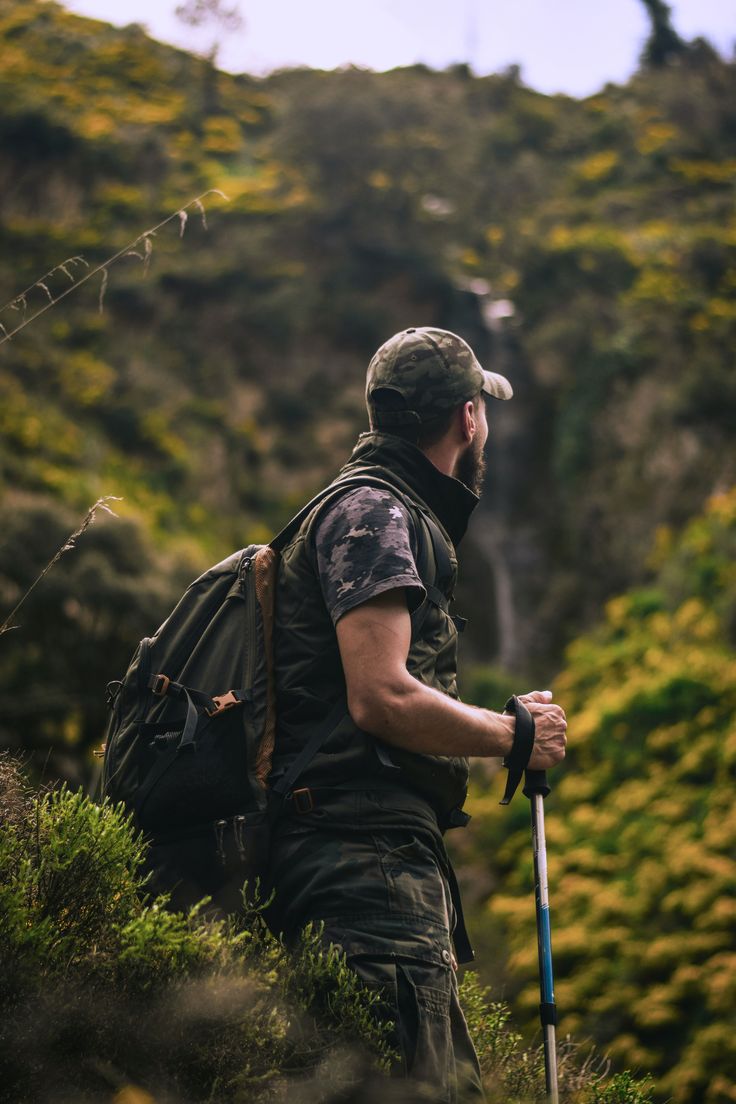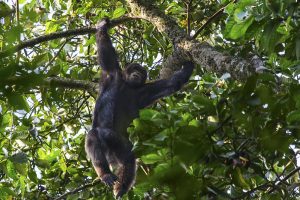Ugandan Safari for a solo traveler.
Ugandan Safari for a solo traveler. A solo safari in Uganda can be an unforgettable adventure, combining wildlife, culture, and natural beauty. Uganda offers a rich diversity of experiences, from seeing mountain gorillas in the misty forests of Bwindi to exploring the savannahs of Queen Elizabeth National Park. Below are key aspects and tips for planning a solo Ugandan safari:
1. Top Safari Destinations in Uganda
Uganda has many national parks and wildlife reserves worth visiting. Some of the most popular ones are:
Bwindi Impenetrable National Park
- Highlight: Gorilla trekking. Bwindi is home to nearly half of the world’s remaining mountain gorillas.
- Best for: Wildlife enthusiasts and nature lovers.
- Solo travel tip: It’s best to book a gorilla trekking permit in advance due to high demand. The trek requires physical fitness, as it involves navigating steep, dense jungle terrain.
Queen Elizabeth National Park
- Highlight: Tree-climbing lions, boat safaris on the Kazinga Channel, and diverse wildlife, including elephants, hippos, and buffaloes.
- Best for: Classic savannah safari experience and birdwatching.
- Solo travel tip: Consider joining a group tour or hiring a private guide for game drives to enhance safety and wildlife spotting.
Murchison Falls National Park
- Highlight: The powerful Murchison Falls, game drives, and boat safaris on the Nile River, where you can spot crocodiles, hippos, and elephants.
- Best for: Those seeking adventure and landscape photography.
- Solo travel tip: The park is vast, so joining a guided safari will maximize your chances of seeing wildlife.
Kibale National Park
- Highlight: Chimpanzee trekking. Kibale has one of the highest densities of primates in Africa.
- Best for: Primate lovers.
- Solo travel tip: Like gorilla trekking, chimpanzee trekking can be physically demanding but is incredibly rewarding.
Lake Mburo National Park
- Highlight: Walking safaris and horseback safaris. It’s one of Uganda’s smaller parks but offers great game viewing.
- Best for: Short safaris and unique walking or horseback safaris.
- Solo travel tip: This park is accessible and less crowded, making it ideal for solo travelers seeking a quieter safari experience.
2. Solo Travel Consider
- Uganda is generally safe for solo travelers, but it’s important to take basic precautions such as avoiding walking alone at night and using reputable tour operators.
- While in national parks, always follow the guidance of your safari guide, as wildlife encounters can be unpredictable.
Transportation
- Self-drive: Uganda offers self-drive safari options, but roads can be rough, and a 4×4 vehicle is often necessary. If you feel comfortable driving on challenging roads, this offers freedom and flexibility.
- Guided tours: If you prefer not to drive yourself, you can book a private guide or join a small group safari. Guided tours enhance your wildlife viewing experience, as local guides know the best spots for animal sightings.
Accommodation
- Uganda has a range of accommodations from budget lodges to luxury eco-lodges. As a solo traveler, you can opt for:
- Budget lodges: These are common in most parks and offer simple but comfortable accommodations.
- Mid-range lodges: Many lodges offer single rooms or shared spaces where you can meet other travelers.
- Luxury lodges: These offer the full safari experience, often with all-inclusive packages and high-end amenities.
Packing Essentials
- Clothing: Lightweight, breathable clothes for hot days, but also a warm jacket for cooler mornings and evenings, especially in Bwindi.
- Sturdy shoes: Essential for trekking, especially for gorilla or chimpanzee tracking.
- Sunscreen, hat, and sunglasses: For protection from the sun.
- Binoculars: A must-have for spotting wildlife at a distance.
- Insect repellent: Malaria is present in Uganda, so also consider taking antimalarial medication after consulting with your doctor.
3. Costs
- Gorilla permits: These are the most expensive part of a Ugandan safari, currently costing around $800 per person for foreign tourists. Booking in advance is essential.
- Daily costs: Budget around $150–$300 per day, depending on the type of safari (self-drive vs. guided tour) and the level of accommodation.
4. Best Time to Visit
- Dry seasons (June to September and December to February): These are the best times for wildlife viewing, as animals gather around water sources, and the roads are in better condition.
- Wet seasons (March to May and October to November): While the landscapes are lush, trekking (especially for gorillas) can be more challenging, and some roads may become impassable.
5. Solo-Friendly Safari Companies
Several companies specialize in organizing safaris for solo travelers or small groups, which can be a good way to reduce costs and meet other travelers. Some reputable operators include:
- Gorilla Trek Africa: Known for their gorilla trekking tours.
- Red Chilli Hideaway: Popular among budget travelers and offers trips to Murchison Falls and Queen Elizabeth National Parks.
- Uganda Safari Company: Caters to solo travelers with private or group tours.
6. Cultural Experiences
Uganda is home to vibrant cultures. Consider spending time in local villages to learn about Ugandan traditions, music, and cuisine. Areas around Bwindi and Kibale offer community tourism initiatives, where you can meet local Batwa people and see their traditional way of life.
7. Visa and Vaccinations
- Visa: You can apply for an e-visa online before arrival, or obtain one upon entry.
- Vaccinations: A yellow fever vaccination certificate is required, and other vaccines like typhoid, hepatitis A, and B are recommended.
Ugandan Safari for a solo traveler. Uganda offers an enriching safari experience with a mix of primate trekking, classic savannah game drives, and cultural encounters. As a solo traveler, you can immerse yourself in the wild while making connections with local guides and fellow travelers along the way!




